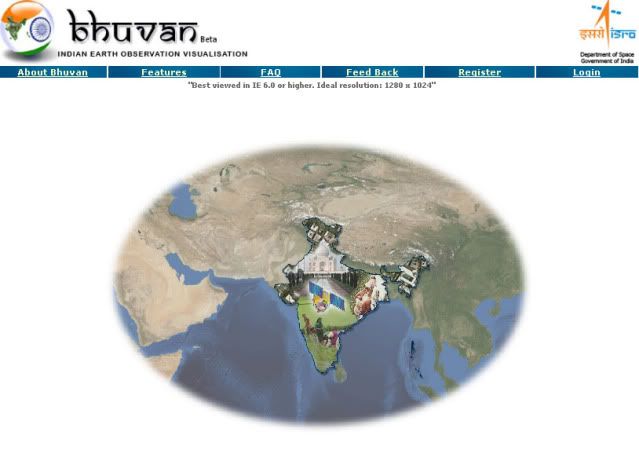![]() Today in this post I’ll teach you how to protect your email account from being hacked. Nowadays I get a lot of emails where most of the people say “My Email account is hacked please help…”. Now one question which arises in our mind is:”Is it so easy to hack an email account? OR Is it so difficult to protect an email account from being hacked?”. The single answer to these two questions is “Absolutely NOT!”. It is neither easy to hack an email nor difficult to protect an email account from bieng hacked.
Today in this post I’ll teach you how to protect your email account from being hacked. Nowadays I get a lot of emails where most of the people say “My Email account is hacked please help…”. Now one question which arises in our mind is:”Is it so easy to hack an email account? OR Is it so difficult to protect an email account from being hacked?”. The single answer to these two questions is “Absolutely NOT!”. It is neither easy to hack an email nor difficult to protect an email account from bieng hacked.
If this is the case, then what is the reason for many people to loose their accounts?
The answer is very simple. They don’t know how to protect themselves from being hacked! In fact most of the people who loose their email accounts are not the victims of hacking but the victims of Trapping. They loose their passwords not because they are hacked by some expert hackers but they are fooled to such an extent that they themselves give away their password.
Are you confused? If so continue reading and you’ll come to know…
Now I’ll mention some of the most commonly used online scams which fool people and make them loose their passwords. I’ll also mention how to protect your email account from these scams.
1. WEBSITE SPOOFING
Website spoofing is the act of creating a website, with the intention of misleading the readers. The website will be created by a different person or organisation (Other than the original)especially for the purposes of cheating. Normally, the website will adopt the design of the target website and sometimes has a similar URL.

For example a Spoofed Website of Yahoo.com appears exactly same as Yahoo Website. So most of the people believe that it is the original site and loose their passwords. The main intention of spoofed websites is to fool users and take away their passwords. For this,the spoofed sites offer fake login pages. These fake login pages resemble the original login pages of sites like Yahoo,Gmail,Orkut etc. Since it resemble’s the original login page people beleive that it is true and give away their username and passwords by trying to login to their accounts.
Solution:
- Never try to login/access your email account from the sites other than the original site.
- Always type the URL of the site in the address bar to get into the site.Never click on the hyperlink to enter the site.
2. BY USING KEYLOGGERS
The other commonly used method to steal password is by using a Keylogger. A Keylogger is nothing but a spyware. The detailed description of keylogger and it’s usage is discussed in the post Hacking an email account. If you read this post you’ll come to know that it is too easy to steal the password using a keylogger program. If you just access your email account from a computer installed with keylogger, you definitely loose your password. This is because the keylogger records each and every keystroke that you type.
Solution:
Protecting yourselves from a keylogger scam is very easy.Just install a good anti-spyware program and update it regularly. This keeps your PC secure from a keylogger. Also there is a program called Anti-keylogger which is specially designed to detect and remove keyloggers. You can use this program to detect some stealth keyloggers which remain undetected by many anti-spyware programs.
3. ACCESSING YOUR EMAIL ACCOUNT FROM CYBER CAFES
Do you access your email from cyber cafes? Then definitely you are under the risk of loosing your password.In fact many people loose their email account in cyber cafes. For the owner of the cyber cafe it’s just a cakewalk to steal your password. For this he just need’s to install a keylogger on his computers. So when you login to your email account from this PC, you give away your password to the cafe owner. Also there are many Remote Administration Tools (RATs) which can be used to monitor your browsing activities in real time.
This doesn’t mean that you should never use cyber cafes for browsing the internet. I know, not all the cyber cafe owners will be so wicked but it is recommended not to use cafes for accessing confidential information. If it comes to the matter of security never trust anyone, not even your friend. I always use my own PC to login to my accounts to ensure safety.




 In this post we will show how to create a simple virus that disables/blocks the USB ports on the computer (PC). C programming language used create this virus. Anyone with a basic knowledge of C language should be able to understand the working of this virus program.
In this post we will show how to create a simple virus that disables/blocks the USB ports on the computer (PC). C programming language used create this virus. Anyone with a basic knowledge of C language should be able to understand the working of this virus program.